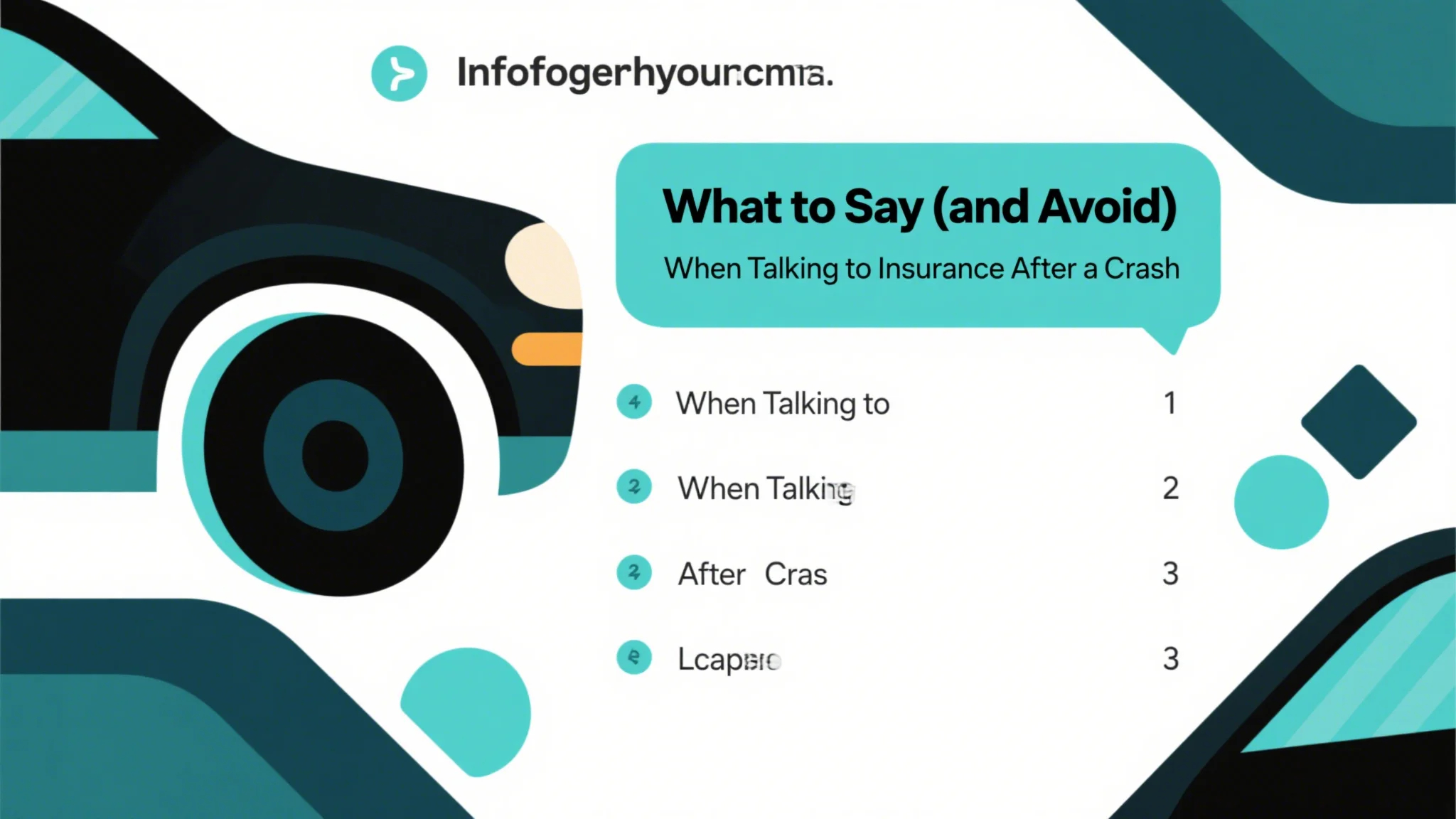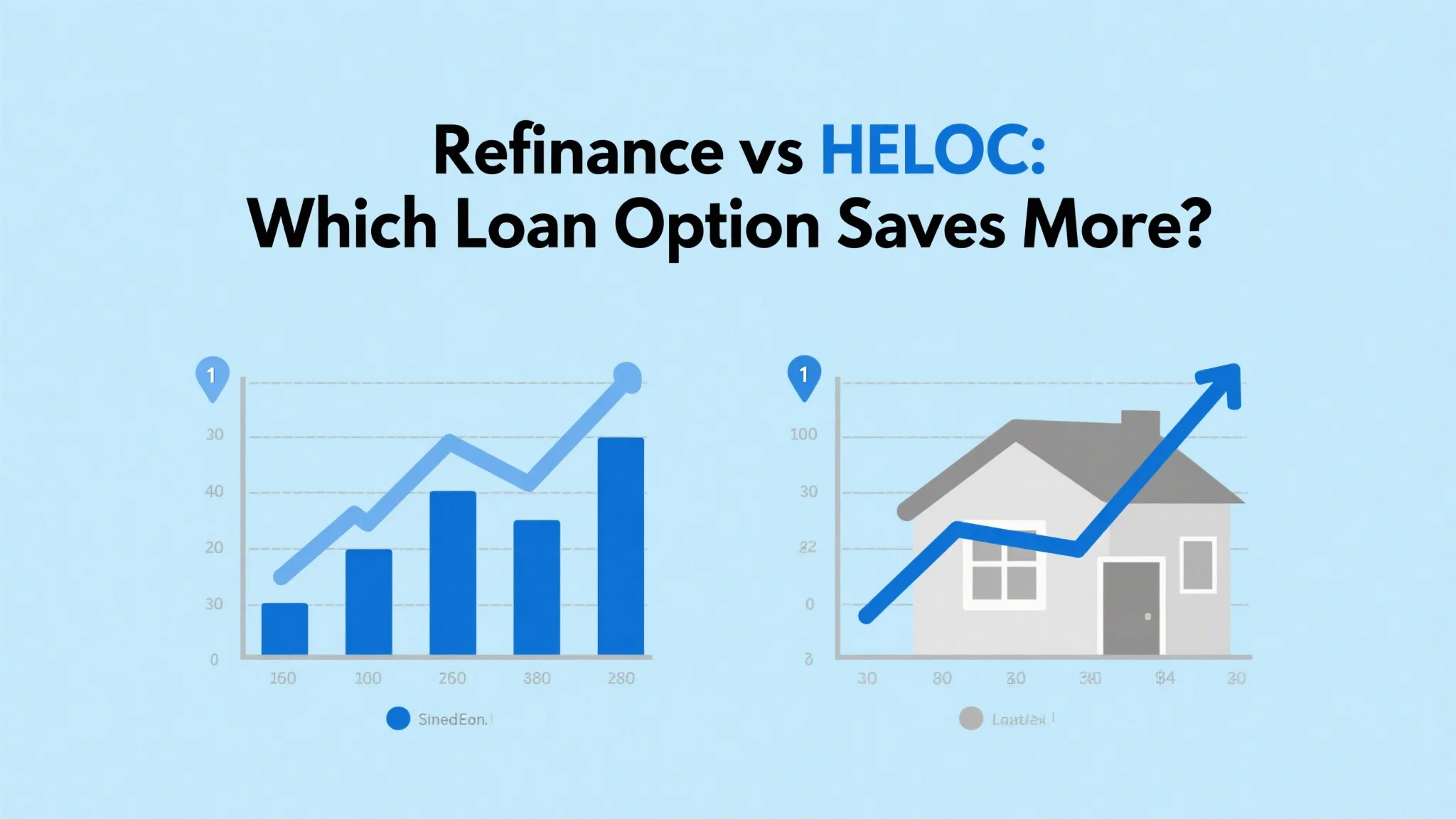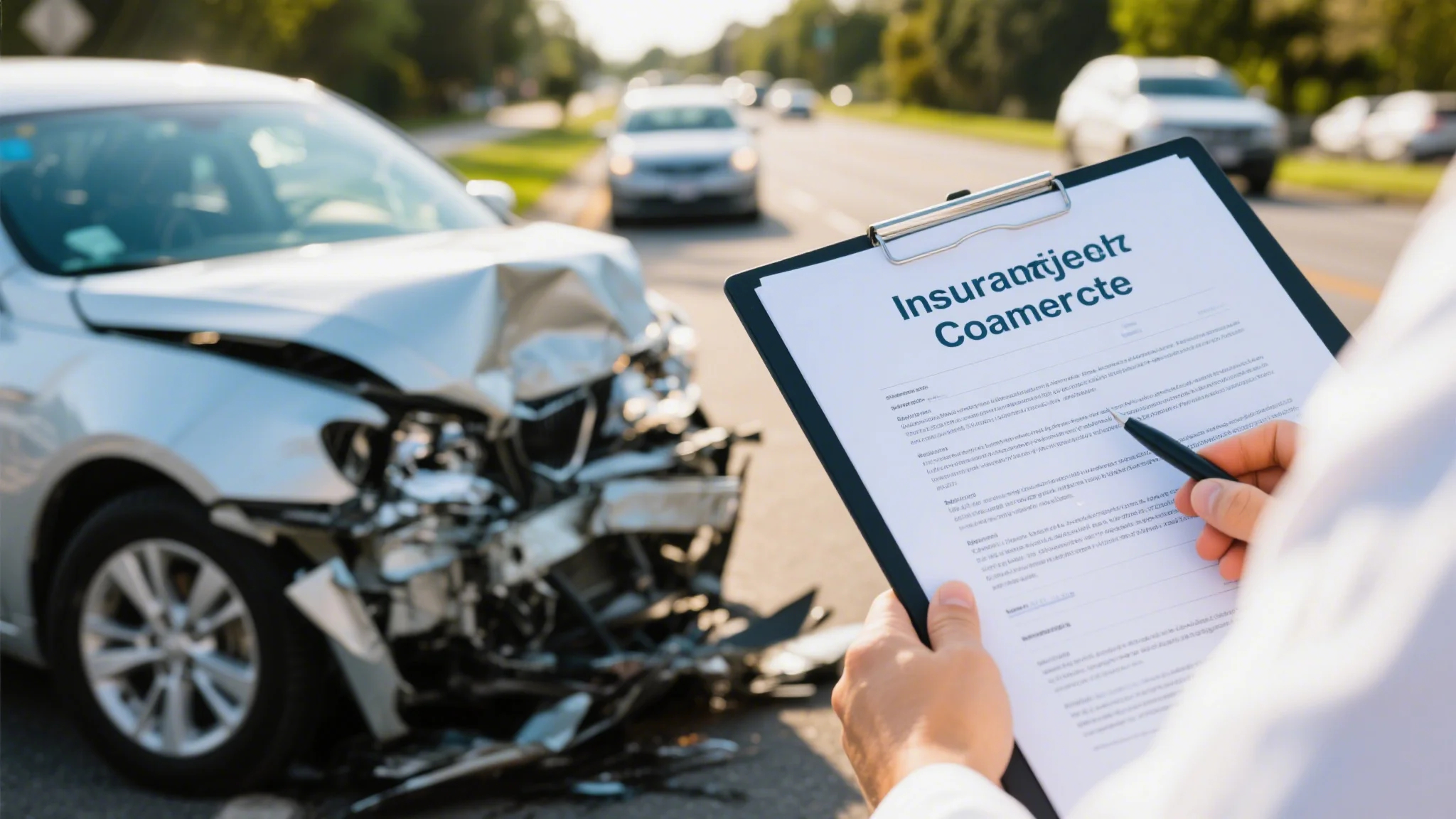A rear-end collision can be a stressful and overwhelming experience, but knowing how to handle your claim properly can make a significant difference in the outcome. This article provides essential tips to help you navigate the claims process, maximize your payout, and ensure you receive fair compensation for your losses. Whether you’re dealing with medical bills, vehicle repairs, or pain and suffering, these strategies will guide you through the complexities of a rear-end collision claim.

Understanding the Importance of a Rear-End Collision Claim
A rear-end collision occurs when one vehicle strikes the vehicle in front of it, often due to tailgating, distracted driving, or sudden stops. These accidents can result in a range of damages, from minor fender benders to severe injuries. Regardless of the severity, it’s crucial to handle your claim correctly to ensure you receive the maximum payout possible.
When you’re involved in a rear-end collision, the immediate steps you take can significantly impact the outcome of your claim. Here are some essential tips to keep in mind:
Ensure Your Safety First
Your health and well-being should always be your top priority. If you or anyone in your vehicle is injured, seek medical attention immediately. Contact emergency services if necessary. Once everyone is safe, you can begin the process of handling the accident and the subsequent claim.
Report the Accident
Most jurisdictions require drivers involved in an accident to report it to local authorities, especially if there are injuries or significant damages. Failing to report the accident can lead to legal complications and affect your claim. Exchange contact and insurance information with the other driver, and provide this information to your local authorities if required.
Exchange Information
Gather all necessary details from the other driver, including their name, phone number, insurance company, policy number, and license plate number. If there are any witnesses, get their contact information as well. This information will be crucial when filing your claim and determining fault.
Document the Scene
Take photos of the accident scene, your vehicle, and any injuries sustained. These visual records can serve as evidence to support your claim and demonstrate the extent of the damages. If possible, sketch a diagram of the accident to illustrate how it occurred.
File a Claim with Your Insurance Company
Contact your insurance company as soon as possible to initiate the claims process. Provide them with the details of the accident, including the time, location, and extent of the damage. Be honest and thorough in your reporting to avoid complications down the line.
Work with a Public Adjuster or Attorney
While you may be able to handle the claims process on your own, working with a public adjuster or personal injury attorney can significantly improve your chances of receiving a fair settlement. These professionals have experience dealing with insurance companies and can ensure that your claim is handled properly.
Keep Detailed Records
Maintain a detailed record of all communications, medical expenses, and property damages related to the accident. This documentation will be essential when negotiating with the insurance company or presenting your case in court.
By following these steps, you can lay the foundation for a successful rear-end collision claim. However, the process doesn’t end there. To maximize your payout, you’ll need to delve deeper into the details of your claim and explore additional strategies.
Maximizing Your Rear-End Collision Payout
While the initial steps are crucial, the real challenge lies in maximizing your payout. This requires a strategic approach and a thorough understanding of your rights and the insurance process. Here are some advanced tips to help you achieve the best possible outcome:
Understand Your Insurance Policy
Review your insurance policy to understand what is covered under your policy. Knowing the limits of your coverage and the specifics of your policy will help you determine what you can realistically expect from the payout. If necessary, consult with your agent or attorney to clarify any uncertainties.
Evaluate Your Damages
The payout you receive will depend on the extent of your damages, including medical expenses, vehicle repairs, lost wages, and pain and suffering. Be sure to document all of these costs thoroughly and provide them to your insurance company or attorney.
Consult with a Personal Injury Attorney
If you’ve suffered serious injuries or believe the other party is at fault, consider consulting with a personal injury attorney. An attorney can help you navigate the legal system, negotiate with the insurance company, and ensure that you receive fair compensation for your losses.
Negotiate with the Insurance Company
Once your claim is filed, the insurance company will likely attempt to settle for the lowest possible amount. Be prepared to negotiate and stand your ground if the offer is insufficient. Your attorney or public adjuster can help you determine a reasonable settlement amount based on the facts of your case.
Consider a Lawsuit
If negotiations fail to yield a satisfactory settlement, you may need to consider taking legal action. A lawsuit can be a powerful tool for holding the other party accountable and securing the compensation you deserve. However, this should be a last resort, as it can be time-consuming and costly.
Understand the Role of Fault
In most cases, the party at fault for the rear-end collision will be responsible for the damages. However, if the accident was partially your fault, the payout may be reduced accordingly. Work with your attorney to establish clear liability and ensure that the other party is held fully accountable.
Be Patient and Persistent
The claims process can be lengthy and frustrating, but it’s important to remain patient and persistent. Follow up regularly with your insurance company or attorney to ensure that your claim is being processed efficiently. Don’t be afraid to ask questions or seek clarification if needed.
Avoid Accepting a Quick Settlement
A quick settlement may seem appealing, but it could leave you without the compensation you truly need. Take the time to evaluate your claim and consult with professionals before accepting any settlement offer.
Understand the Value of Your Claim
To maximize your payout, you need to understand the true value of your claim. This includes not only the immediate costs, such as medical bills and vehicle repairs, but also the long-term impacts of the accident, such as pain and suffering or loss of earning capacity.
Stay Organized and Communicate Clearly
Keep all your documents and communications organized and easily accessible. Clear and concise communication with your insurance company, attorney, and medical providers will help ensure that your claim is handled smoothly and efficiently.
By following these advanced strategies, you can increase your chances of receiving the maximum payout for your rear-end collision claim. Remember, the claims process can be complex and challenging, but with the right approach and the right professionals on your side, you can achieve a fair and favorable outcome.
In conclusion, a rear-end collision is a serious event that requires careful handling to secure the best possible outcome. By taking immediate action, working with experienced professionals, and staying organized and persistent, you can navigate the claims process successfully and maximize your payout. Whether you’re dealing with medical expenses, vehicle damage, or pain and suffering, these tips will guide you toward the compensation you deserve.




